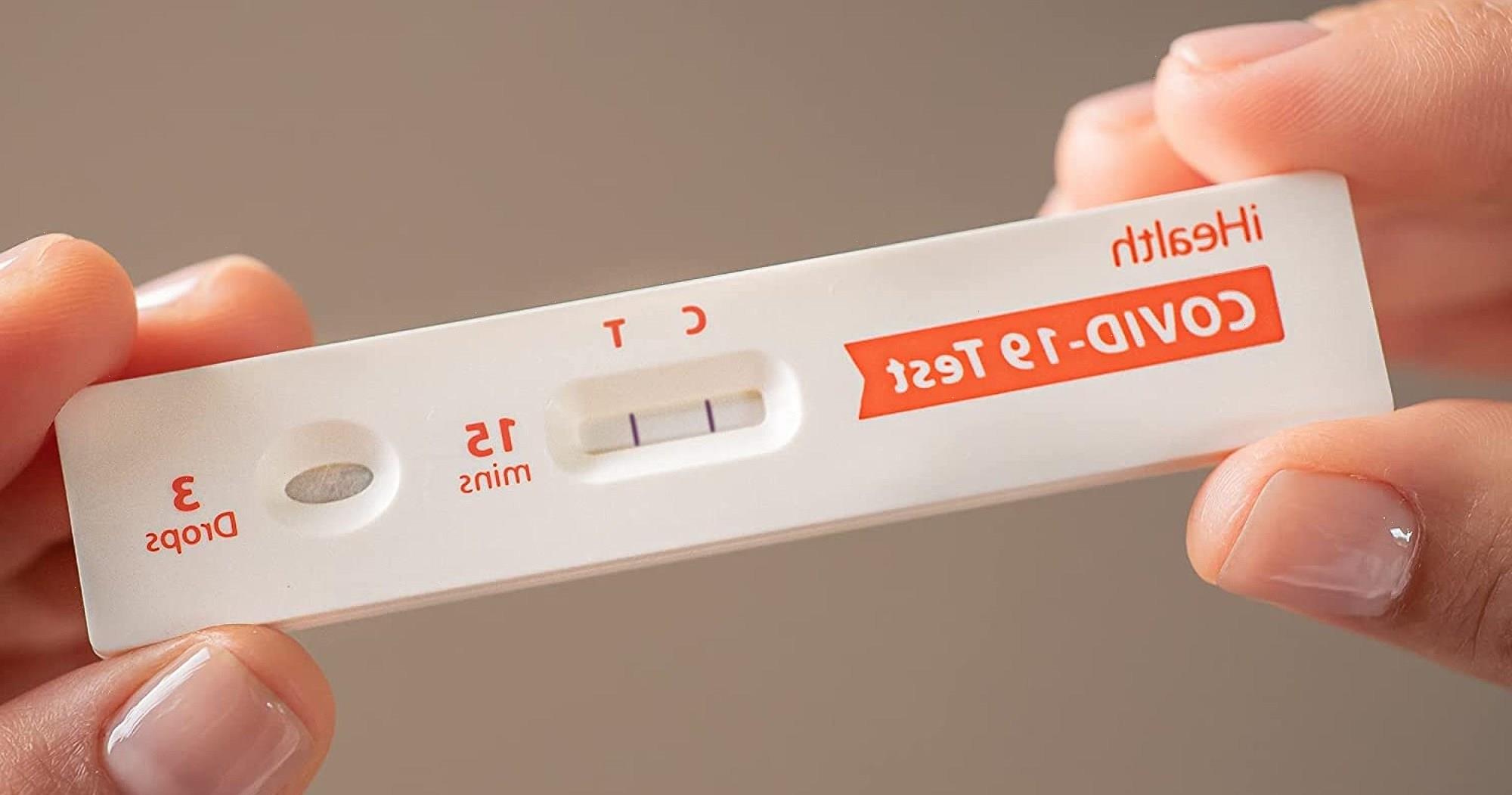Former NATO official says Finland will be vulnerable to Russian ‘cyber attacks’
We use your sign-up to provide content in ways you’ve consented to and to improve our understanding of you. This may include adverts from us and 3rd parties based on our understanding. You can unsubscribe at any time. More info
Since Russia’s invasion of Ukraine, western countries, including the UK, have faced with a barrage of cyber attacks on critical infrastructure, many of which were Moscow-sponsored. Last week, the US warned Britain that it could be the victim of a “9/11-style” cyber attack unless it faces up to the “magnitude of the threat” posed by this new type of warfare.
However, the UK is not defenceless against cyber warfare, as researchers from Cardiff University have developed new method that could automatically detect and kill cyberattacks on our laptops, computers and smart devices in under a second.
Using artificial intelligence to detect malware, the scientists have found that their new technology successfully prevents up to 92 percent of files on a computer from being corrupted, with it taking just 0.3 seconds on average for a piece of malware to be wiped out.
In a study published in the journal Security and Communications Networks, the team noted that this is the first time a method has been developed that can both detect and kill malicious software in real-time.


The researchers believe that this breakthrough can transform modern cybersecurity industry, and prevent major attacks such as the recent WannaCry cyberattack that hit the NHS in 2017.
In May 2017, thousands of computers around the world were infected by a ransomware known as Wannacry, which encrypted the data on infected computers and demanded a ransom payment in Bitcoin to allow users access to their data.
According to the National Audit Office, WannaCry was the largest cyber attack to affect the NHS in England, although individual trusts had been attacked before May 12.

This new technique, which was developed by Cardiff University researchers in collaboration with Airbus is based on monitoring and predicting the behaviour of malware as opposed to more traditional antivirus approaches that analyse what a piece of malware looks like.
Co-author of the study Professor Pete Burnap said: “Traditional antivirus software will look at the code structure of a piece of malware and say ‘yeah, that looks familiar’.
“But the problem is malware authors will just chop and change the code, so the next day the code looks different and is not detected by the antivirus software.
DON’T MISS:
The NATO weapon that Putin ‘really fears’ [INSIGHT]
Finland sends defiant message to Russia after voting to join NATO [REVEAL]
Energy crisis: Europe is sitting on enough gas reserves to replace … [REPORT]


“We want to know how a piece of malware behaves so once it starts attacking a system, like opening a port, creating a process or downloading some data in a particular order, it will leave a fingerprint behind which we can then use to build up a behavioural profile.”
Lead author of the study Matilda Rhode, now Head of Innovation and Scouting at Airbus, said: “While we still have some way to go in terms of improving the accuracy of this system before it could be implemented, this is an important step towards an automated real-time detection system that would not only benefit our laptops and computers, but also our smart speakers, thermostats, cars and refrigerators as the ‘Internet of Things’ becomes more prevalent.”
Source: Read Full Article


